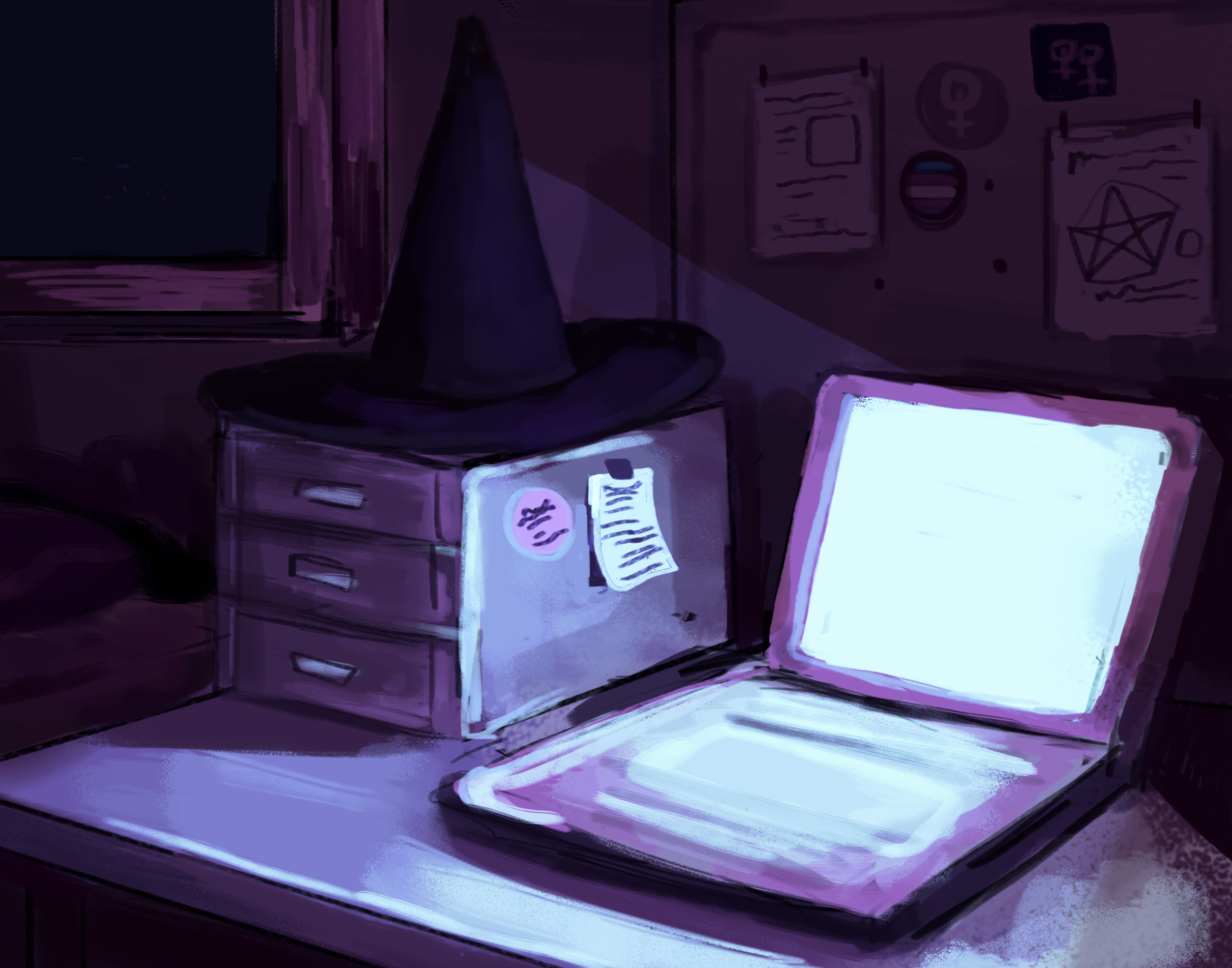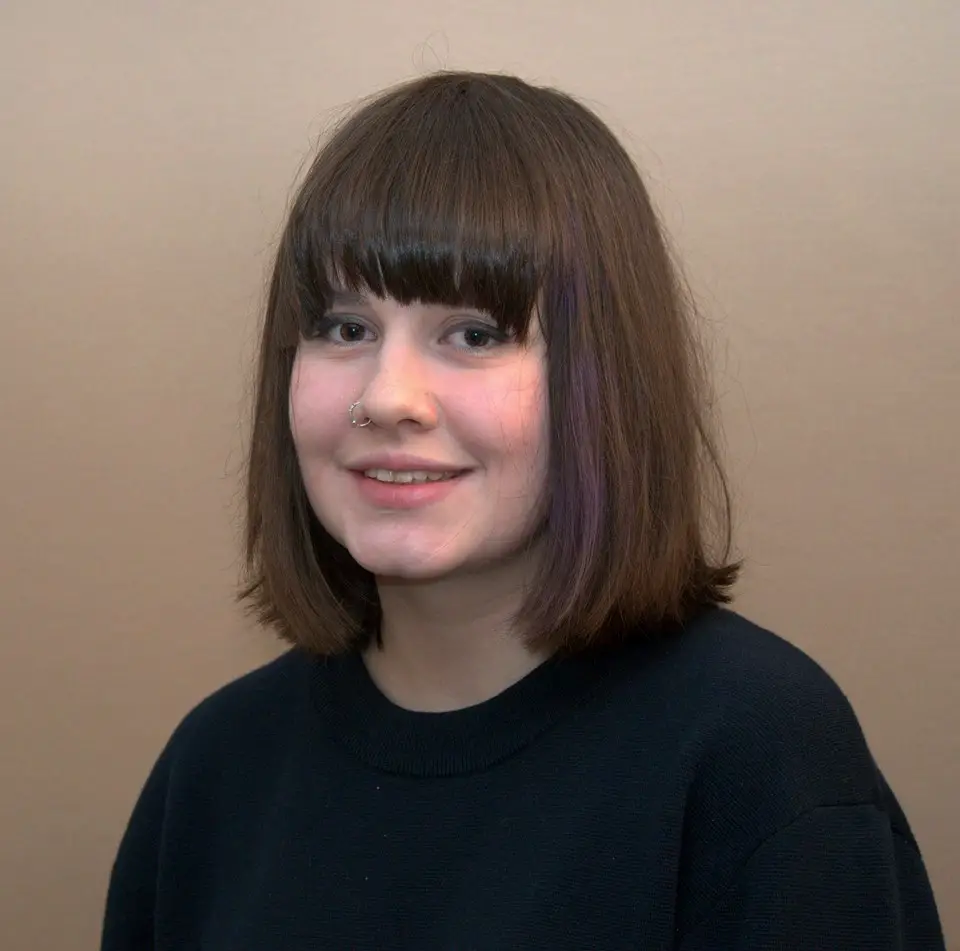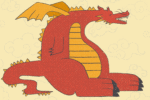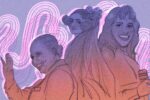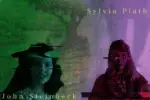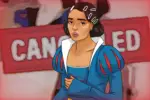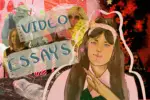This October, a reboot of the cult TV show “Charmed” premiered, an indication that enthusiasm has renewed in a genre that could be called “the feminine supernatural,” which also includes Netflix’s dark reimagining of “Sabrina the Teenage Witch,” made by the creators of fellow gritty reboot “Riverdale.” The rebooted “Charmed” has returned 20 years after the original aired, an era that also saw the birth of “Buffy the Vampire Slayer” and “The Craft.”
While the trailer for the new “Charmed” isn’t the most inspired, it reflects a kind of language that mixes female empowerment with witchy vibes, all parceled up in easily consumable soundbites. (The trailer features the line “nothing is stronger than your sisterhood.”) The official synopsis of the CW show calls it a “fierce, funny, feminist reboot of the original series” that features the characters “tearing down the patriarchy.”
This is, in many ways, the perfect time for a “Charmed” reboot. The world of pop culture, especially online, is saturated with icons of witchcraft and magic, such as tarot cards, pentagrams and crystals. The witch aesthetic is a commercial gold mine, as it’s commonly portrayed as an ideology that’s simultaneously feminine, on-trend and political.
The new world of information and connectivity has coincided with a resurgence in feminist sentiment and activism — most recently the #MeToo movement, which relies on the communication abilities and international platform that social networks like Twitter provide.
And as feminism resurfaces in current politics and pop culture, so do witches.
I’ve written before about how feminist movements and their aesthetics are increasingly using the imagery and language of witchcraft. In the online world, this is more apparent than ever. Some people identify as witches in the literal sense. But more increasingly, others take up the mantle of what witches represent and have represented: the villains of society’s collective stories.
For instance, “Witchblr” — the witch side of Tumblr — was the 11th largest Tumblr community last year, according to Wired. Witchblr is a mixture of fashion and wellness trends, spiritual beliefs and feminist politics. Wired also points out that its culture has leaked into other parts of Tumblr; a common jokey comment on text posts is “like to charge, reblog to cast,” referring to spells.
Another such social media platitude says, “We are the granddaughters of the witches you could not burn,” a phrase that you can find everywhere online, from inspirational Instagram posts to mugs on Amazon to spoken word poetry on YouTube.
Witchcraft as a symbol or statement isn’t anything new. The image of the witch is one that haunts our collective consciousness, a shadow of the past and of our ancestors’ fears that materializes, almost supernaturally, in our books, our movies and our fashion.
Part of what makes witches fascinating is that they, to an extent, represent a dark underside of history. Many historians believe that women were targeted during the witch-hunts of Europe because of their independence in trades such as beer brewing, medicine and midwifery.
Contrary to popular belief, a lot of witch-hunts didn’t take place in the so-called Dark Ages but during the Renaissance, a time of rationalism and science. In fact, some academics, such as sociologist Maria Mies, believe the purging of inconvenient women and the scientific revolution went hand in hand.
As women organized to demand equal rights in the 20th century, the fear that lurks behind the image of the witch crept up again. Famously, in 1992, televangelist Pat Robertson claimed that feminism “encourages women to leave their husbands, kill their children, practice witchcraft, destroy capitalism and become lesbians.”
Last century feminists utilized the media of TV and radio. And now there’s something even more information-saturated: the internet. Using the web, these cabals of neo-witches can flip the narrative, as they finally have control of the messages communicated about their beliefs.
It could even be said that we’re experiencing another Renaissance, of a wholly more female sort. Using the image of the witch, women on the internet are transforming the face of social activism and challenging the way people see them and the world.
Indeed, try as society might, it has never been fully able to shake that enduring image of the witch — the independent, inconvenient woman. She has persistently materialized for centuries, and may very well be now taking over.


